Ultrasonic metal welder improves aluminium bus bar assembly
Traditional ultrasonic welding has been performed at select LEONI plants for a few years. However, torsional ultrasonic welding (TUW) is only done at one plant, located in Arad, Romania. There LEONI has been operating a fully automated cell for welding solid aluminium bus bars since early 2014.
British automaker Jaguar uses the bus bars, instead of copper cables, to significantly reduce the weight and cost of its F-TYPE sports car. Each bus bar conducts electricity from the battery in the vehicle boot to electric equipment in the engine compartment.
“Because aluminium has a significantly lower relative density than copper, the bar only weighs about 40 to 60 percent of conventional copper cable,” explains Kai Baumann, production process engineer for LEONI. “For the battery connection alone, this can amount to a reduction in weight of up to 3 kilograms.”
The cell features a Soniqtwist TUW system developed by Telsonic AG. Unlike traditional ultrasonic welding, which applies linear vibrations at the joint interface, TUW applies linear vibrations in combination with a twisting motion at the same frequency. This twisting action produces a strong weld at the molecular level.
During operation, a six-axis robot retrieves a bus bar from a holding area and positions its front end on an anvil beneath the sonotrode. The robot then grabs a 30-millimeter-long threaded interface stud, presses it into a copper-nickel sleeve and places the sleeve next to the bus bar. Welding of the sleeve and bus bar takes only 0.9 second.
Baumann says the sleeve significantly strengthens the copper-to-aluminium weld and minimizes the risk of corrosion between the two metals. To ensure repeatability and quality, the anvil is water cooled.
After welding, the bus bar is three dimensionally shaped by the robot. A finished bus bar leaves the cell every 30 seconds, enabling the plant to produce up to 700,000 units annually. Bus bars are shipped to Jaguar in special crates. Assembly line workers use a fixing system to position each bus bar within the F-TYPE sports car.
 Events
Events
 e-Magazines
e-Magazines
 Reports
Reports
This news is also available on our App 'AlCircle News' Android | iOS




















